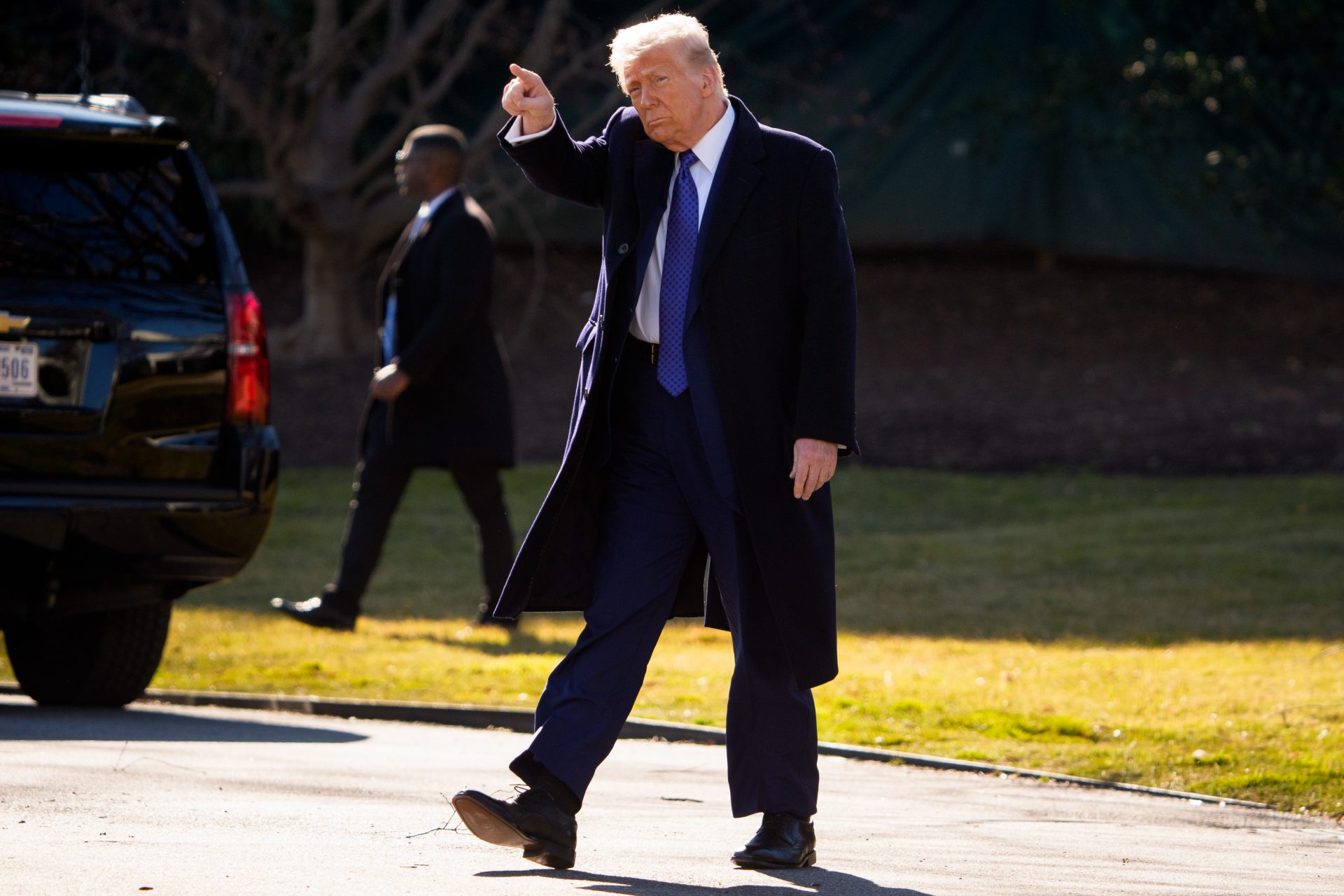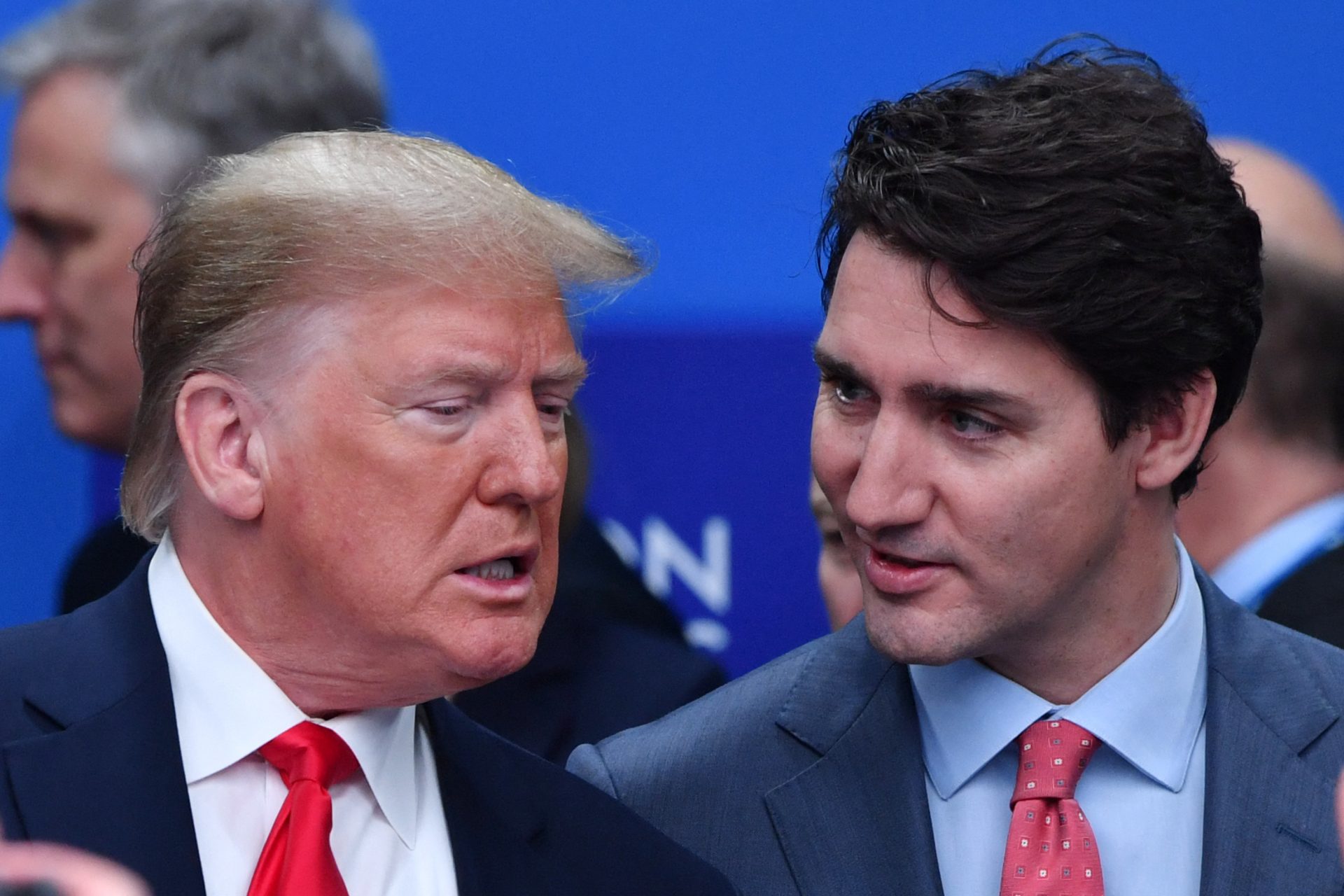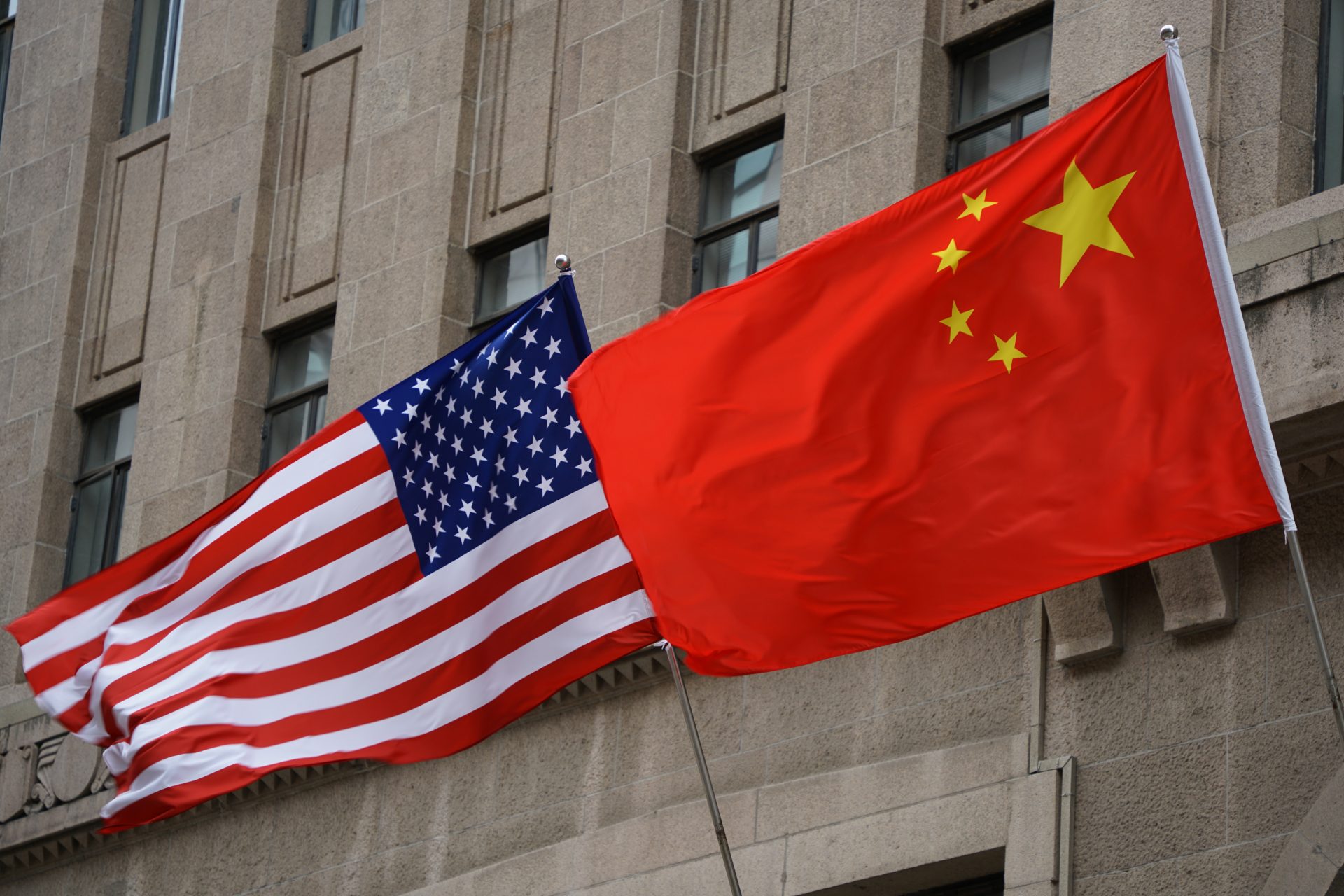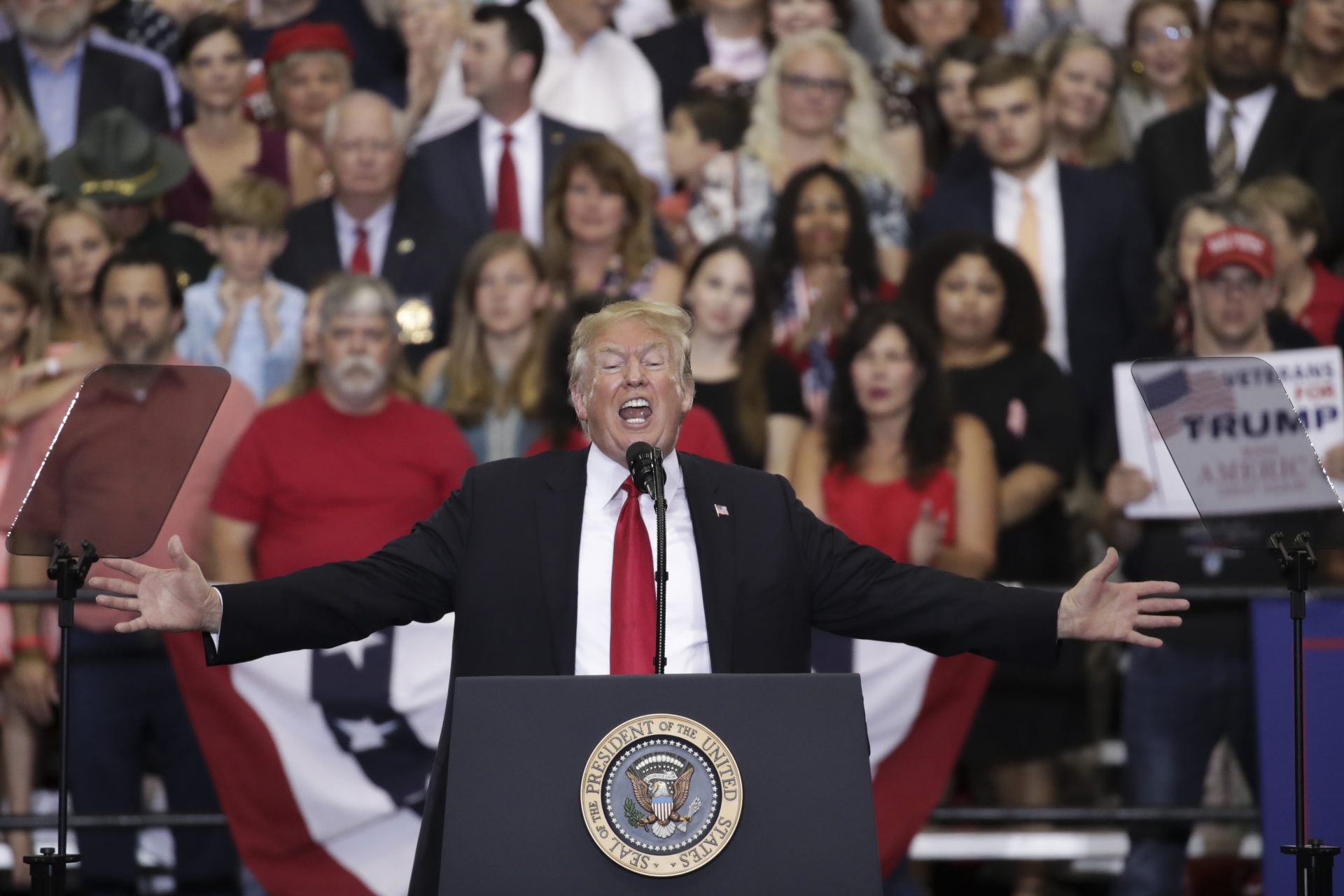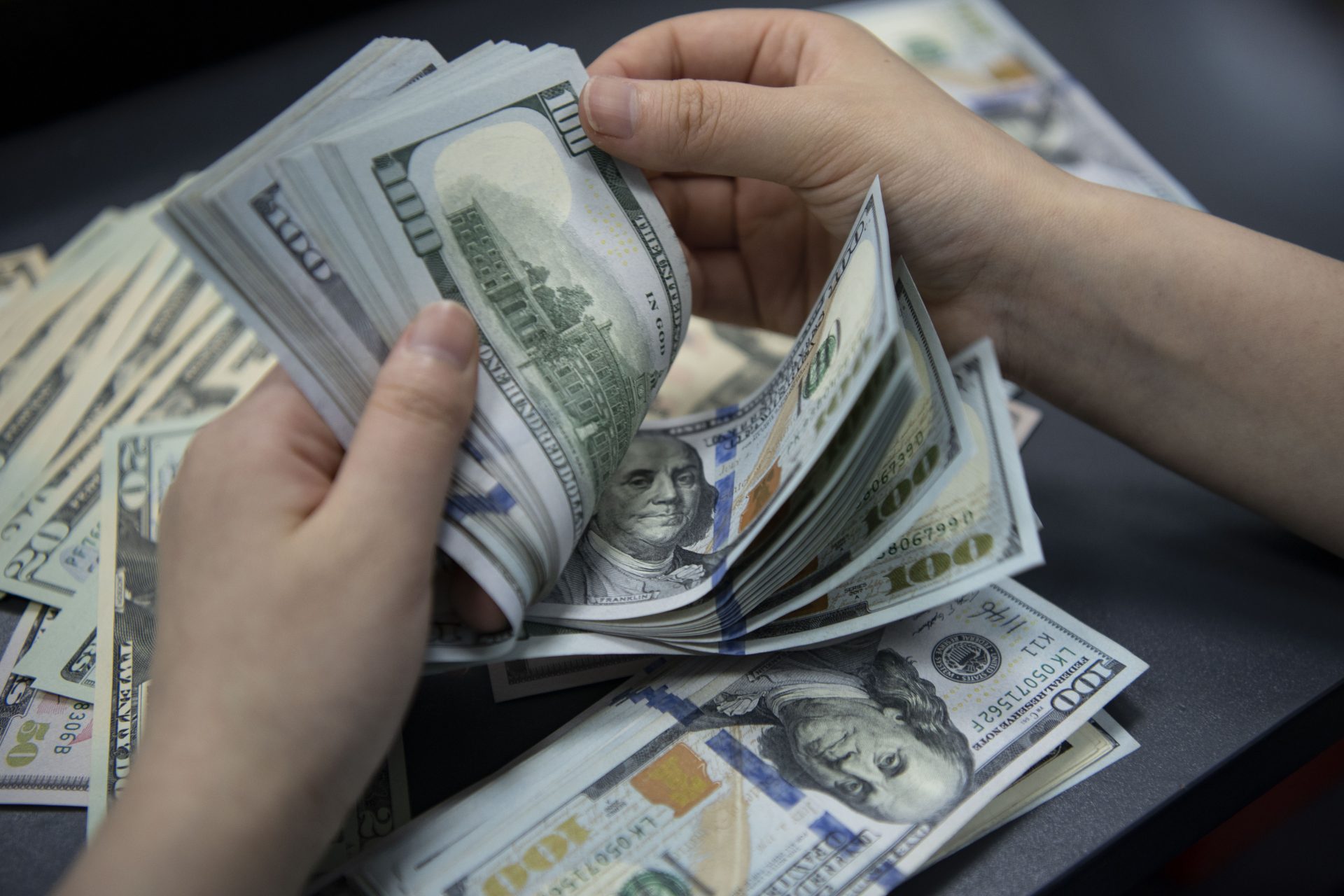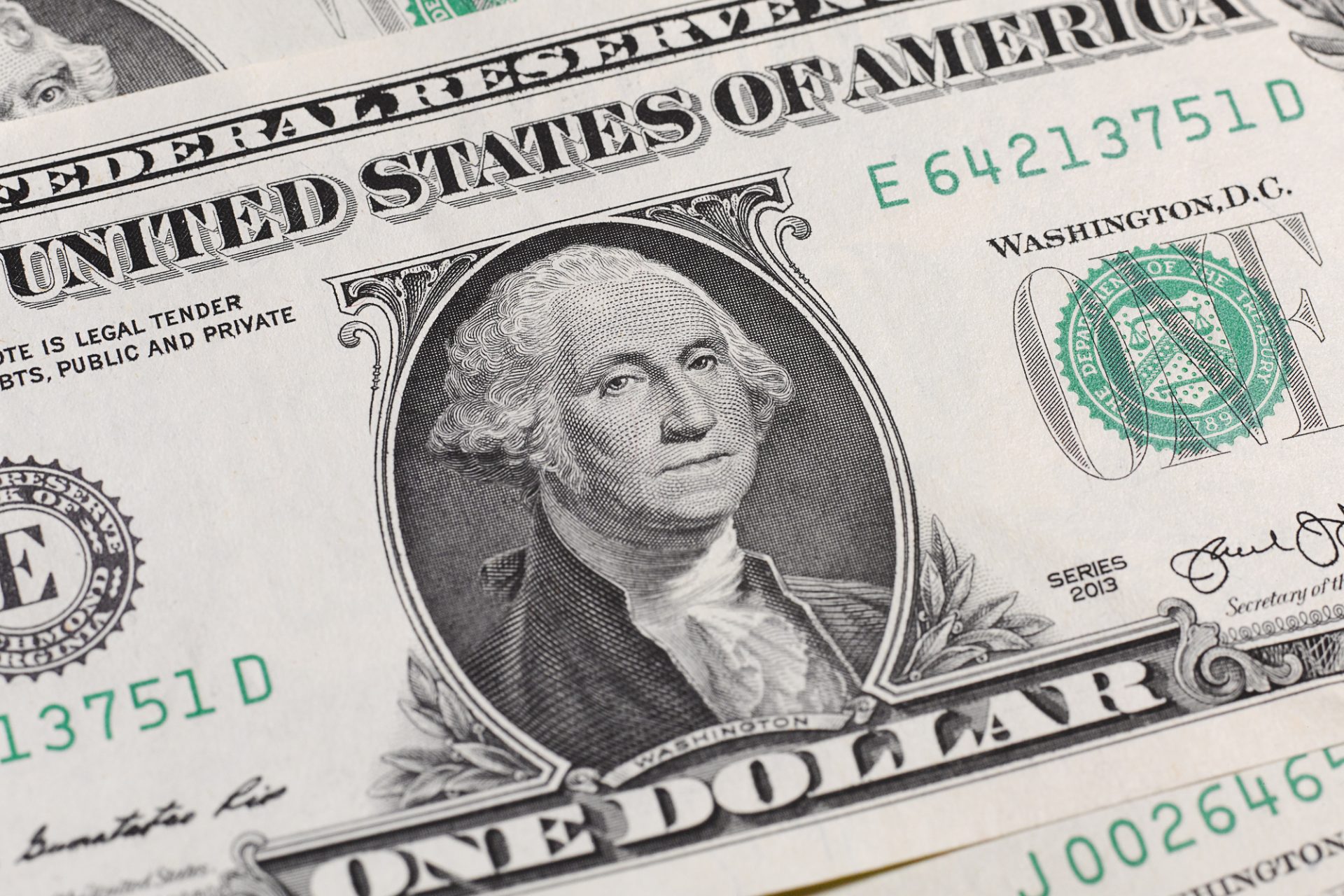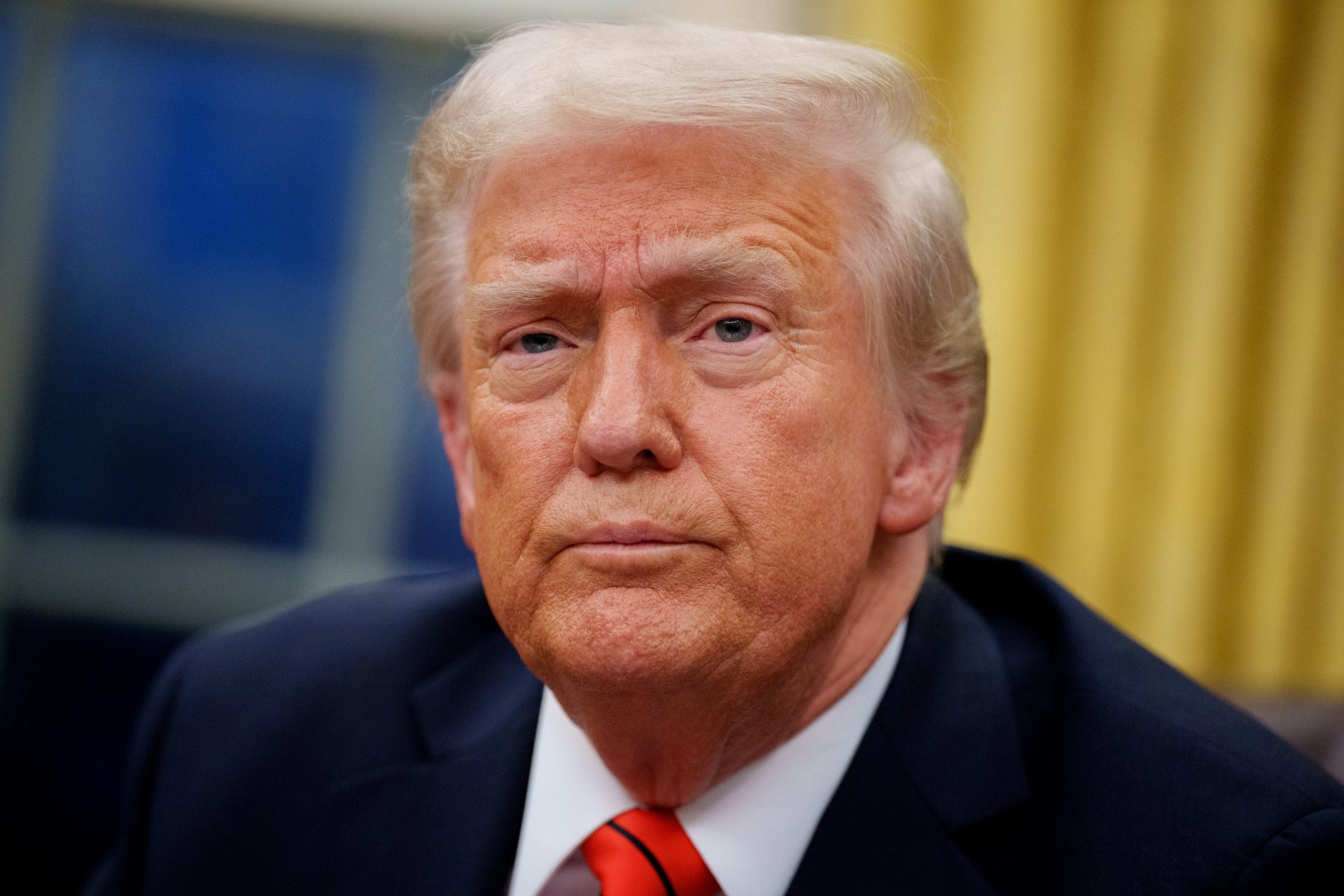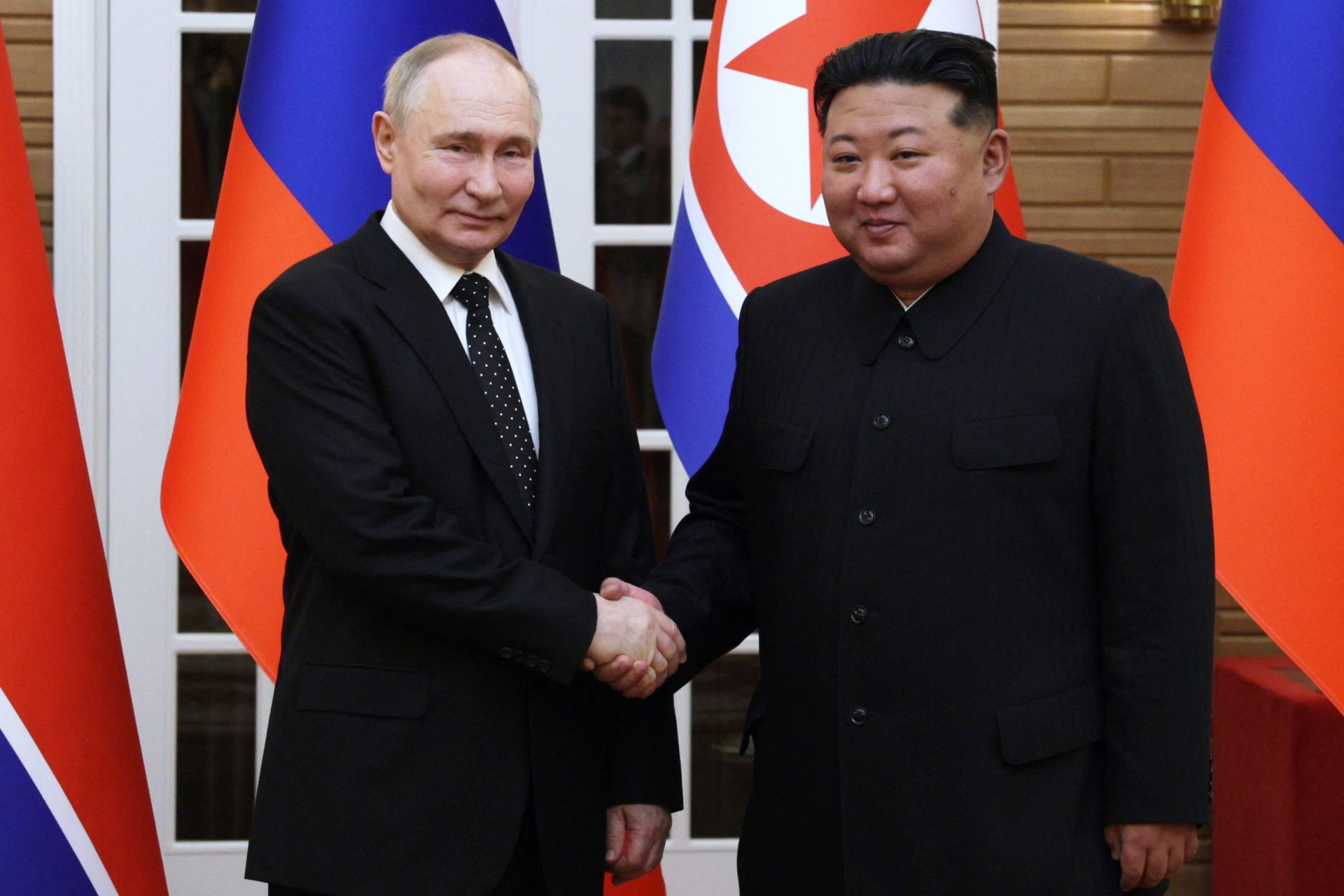Trump’s tariffs will make the US poorer
The President of the United States has signed a series of tariffs under the promise that it will protect the industry and commerce of the country, create more jobs, increase tax revenues and make people in the US wealthier.
Tariffs have also been used by the Trump Administration to put pressure on different governments abroad. The BBC explains that the US government originally wanted to impose a 25% tariff on all goods from Canada or Mexico until they crack down on illegal immigration and substance trafficking.
Canadian Prime Minister Justin Trudeau and Mexican President Claudia Sheinbaum have reacted negatively. However, The New York Times remarks, that the leaders of America’s biggest trade partners were forced to make concessions. Nonetheless, Trump has hinted that he would still move forward with the tariffs after pausing them for one month.
Meanwhile, the BBC writes that Trump has also signed a 10% tariff on Chinese goods, plus “above any additional tariffs” until Beijing cuts fentanyl smuggling into the United States.
According to the BBC, tariffs are a central part of Trump’s economic policy. During the campaign, the US President promised that these taxes “not going to be a cost to you, it’s a cost to another country”. However, most economists argue that this promise is misleading.
PBS explains that nearly half of US imports come from Canada, Mexico, and China, which represent over 1.3 trillion US dollars in goods. However, Bloomberg Economics warns that these imports could shrink to 15% due to tariffs.
Although these taxes on imported goods will bring a revenue of about 100 billion US dollars every year to the federal government, they could also have negative consequences in a broader economic sense.
According to PBS, tariffs could disrupt the supply chain, raise the cost of goods to businesses, drive up consumer prices, and even cost hundreds of thousands of jobs in the United States.
The BBC explains that tariffs are a tax imposed on imported goods as they enter the country. However, the charge goes to the company that brings in the goods, not the company that manufactures them overseas.
Who ends up paying this extra charge is a trickier question, with three possible answers: Those defending Trump’s economic policies argue that the cost is absorbed by the foreign manufacturers, who will reduce their prices to retain their clients in the United States.
Alternatively, companies importing goods into the United States could be forced to reduce their profits in order to keep their position between the makers abroad and their buyers within the country.
Finally, and the most likely scenario, is that the charge will fall to US consumers, with the price of goods going up to compensate the added fee ordered by Washington.
A study carried out in September 2024 by the University of Chicago revealed that 90% of economists asked affirmed that consumers ended up paying for increased tariffs, through a hike on prices.
According to PBS, the top five imported products in the United States in 2023 were cars, crude petroleum, phones, computers, and motor vehicle parts.
Grocery prices could also be affected. Mexico produces over 60% of vegetables consumed in the United States and nearly half of fruit and nuts imports, making it the biggest trader of fresh produce of the United States.
The following months will reveal what will tariffs ultimately represent for the US economy and who will end up paying the bill: the manufacturer, the importer, or the average buyer.
More for you
Top Stories



